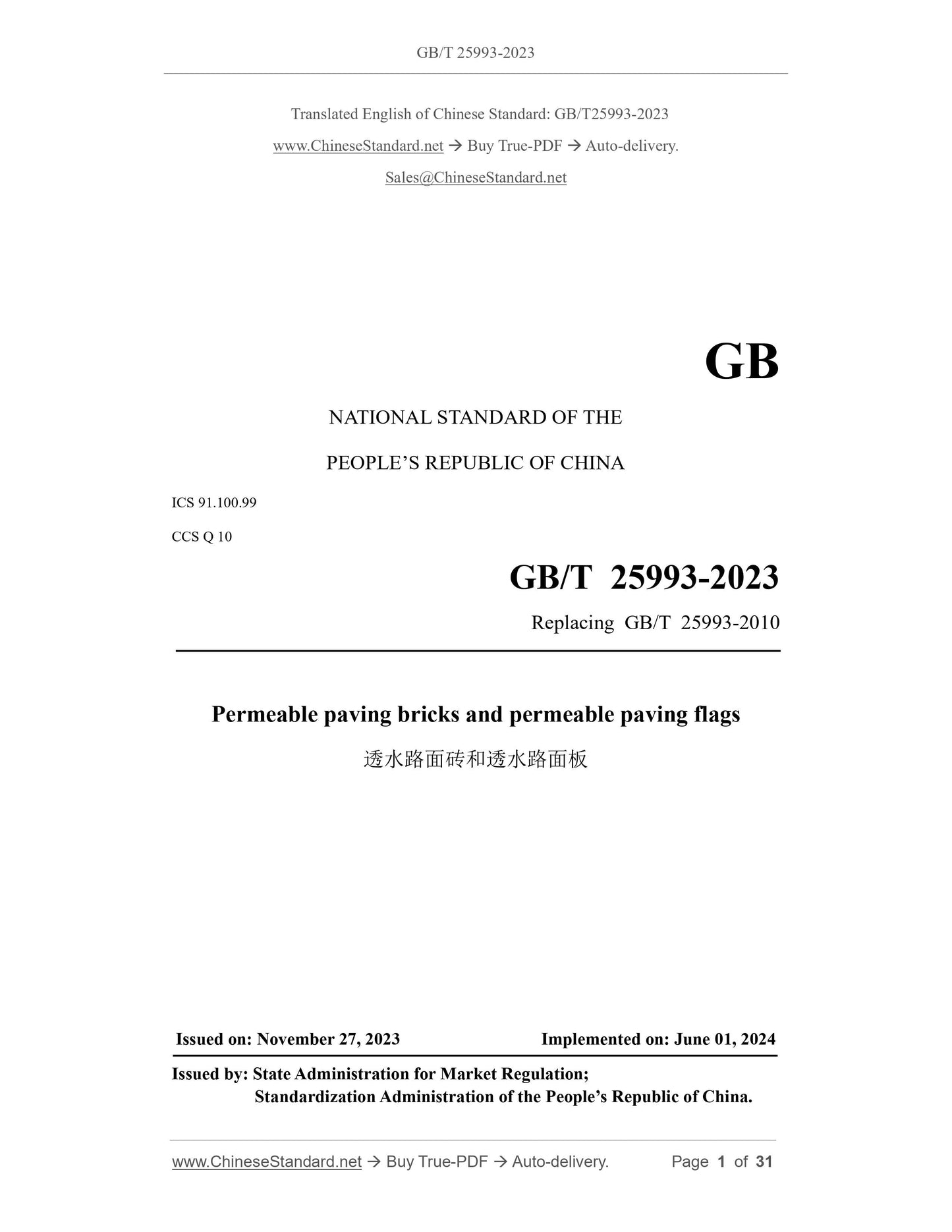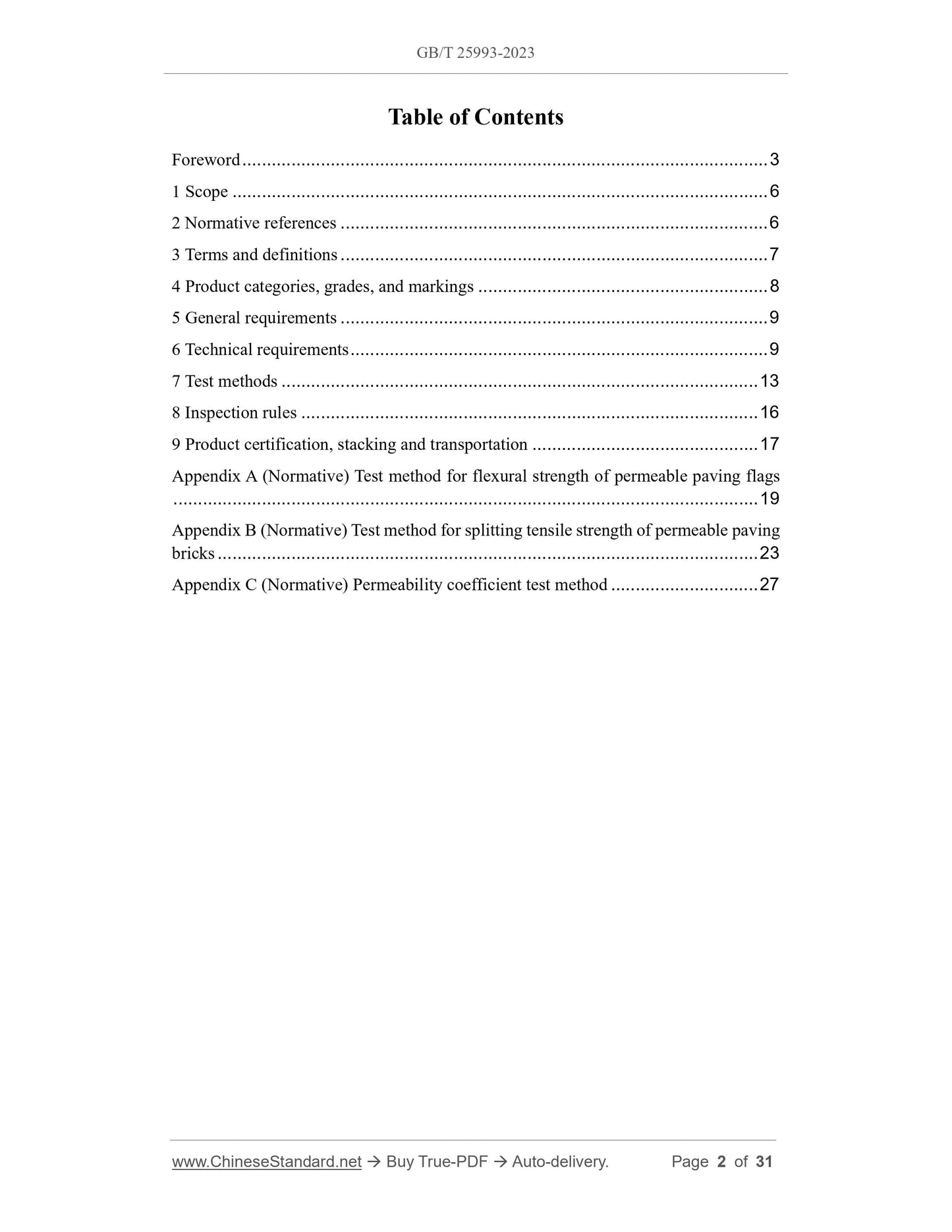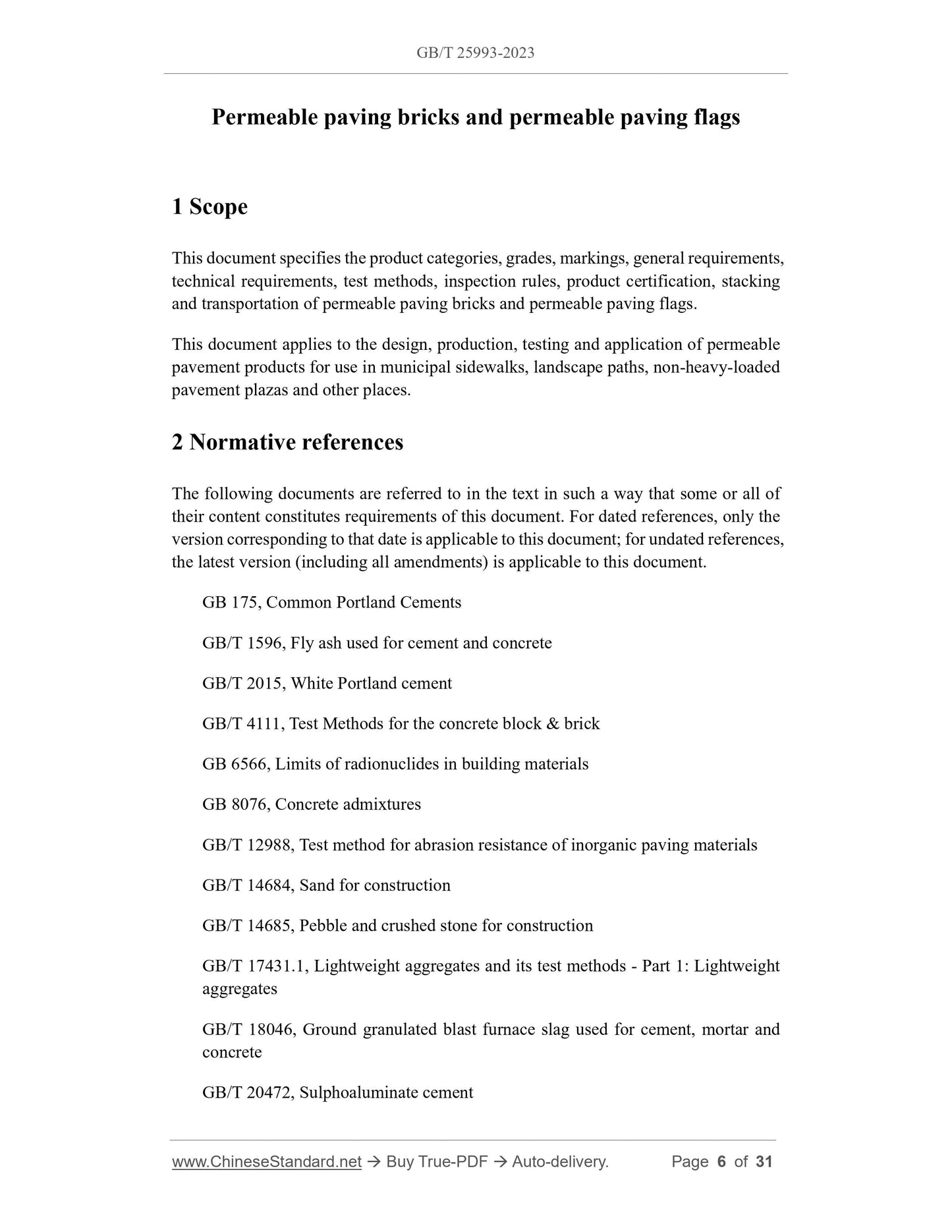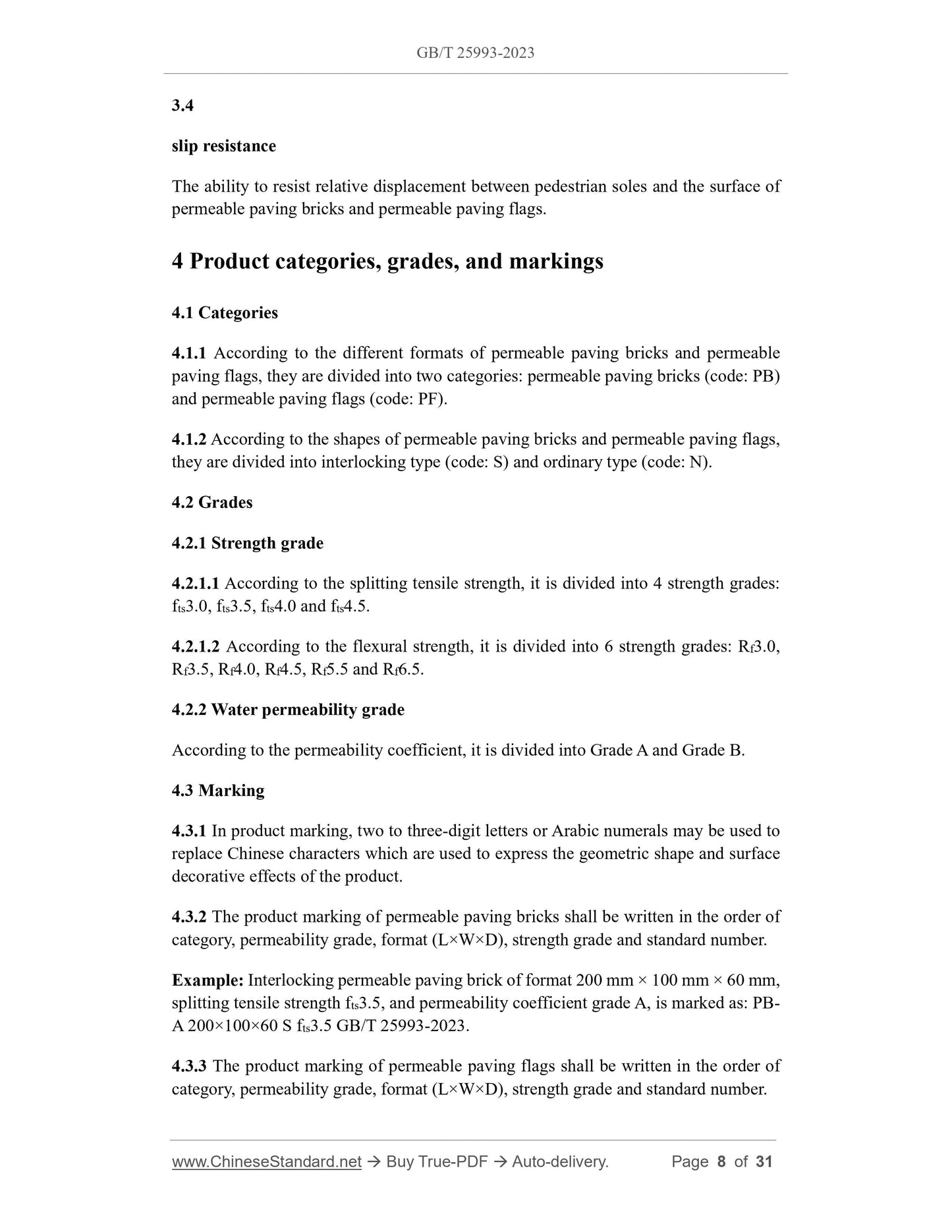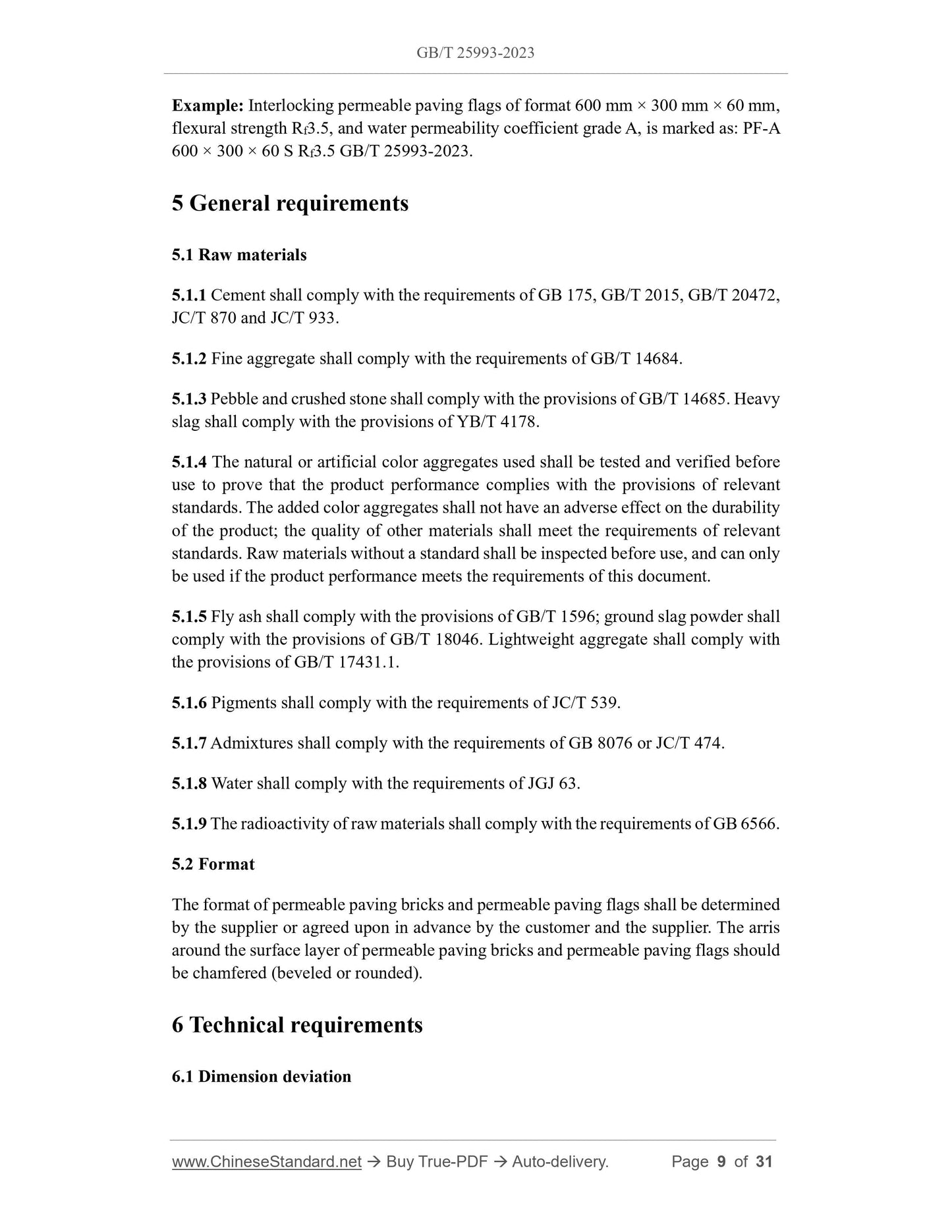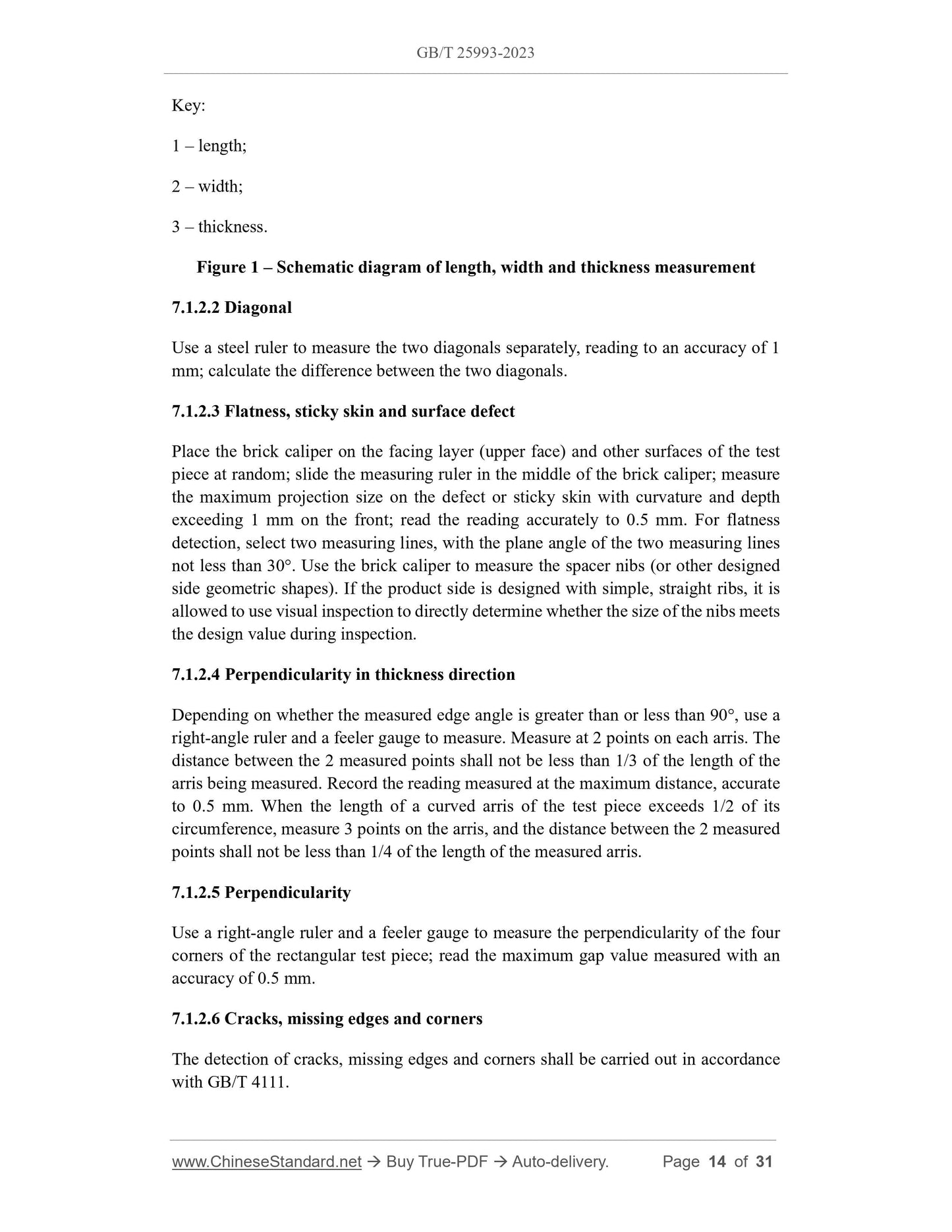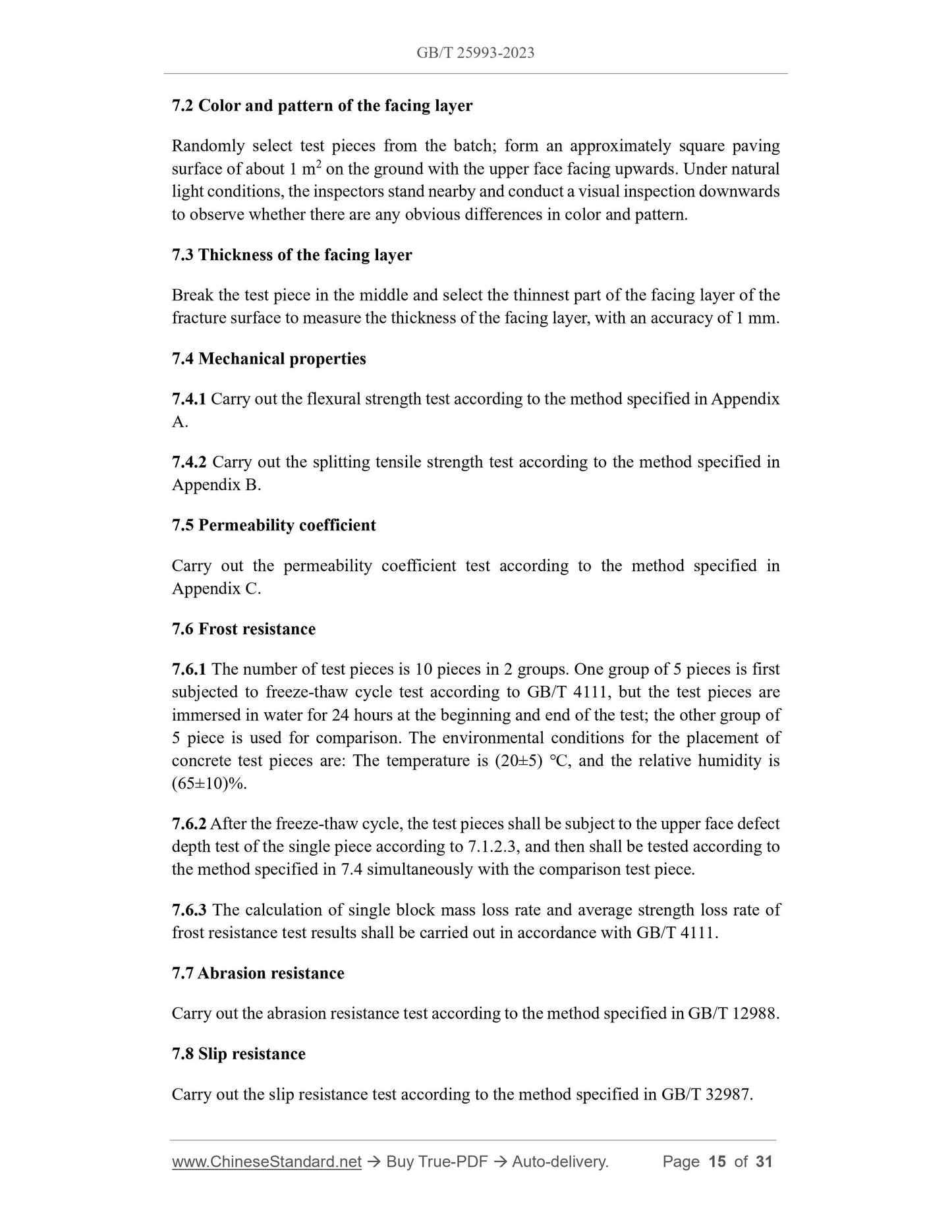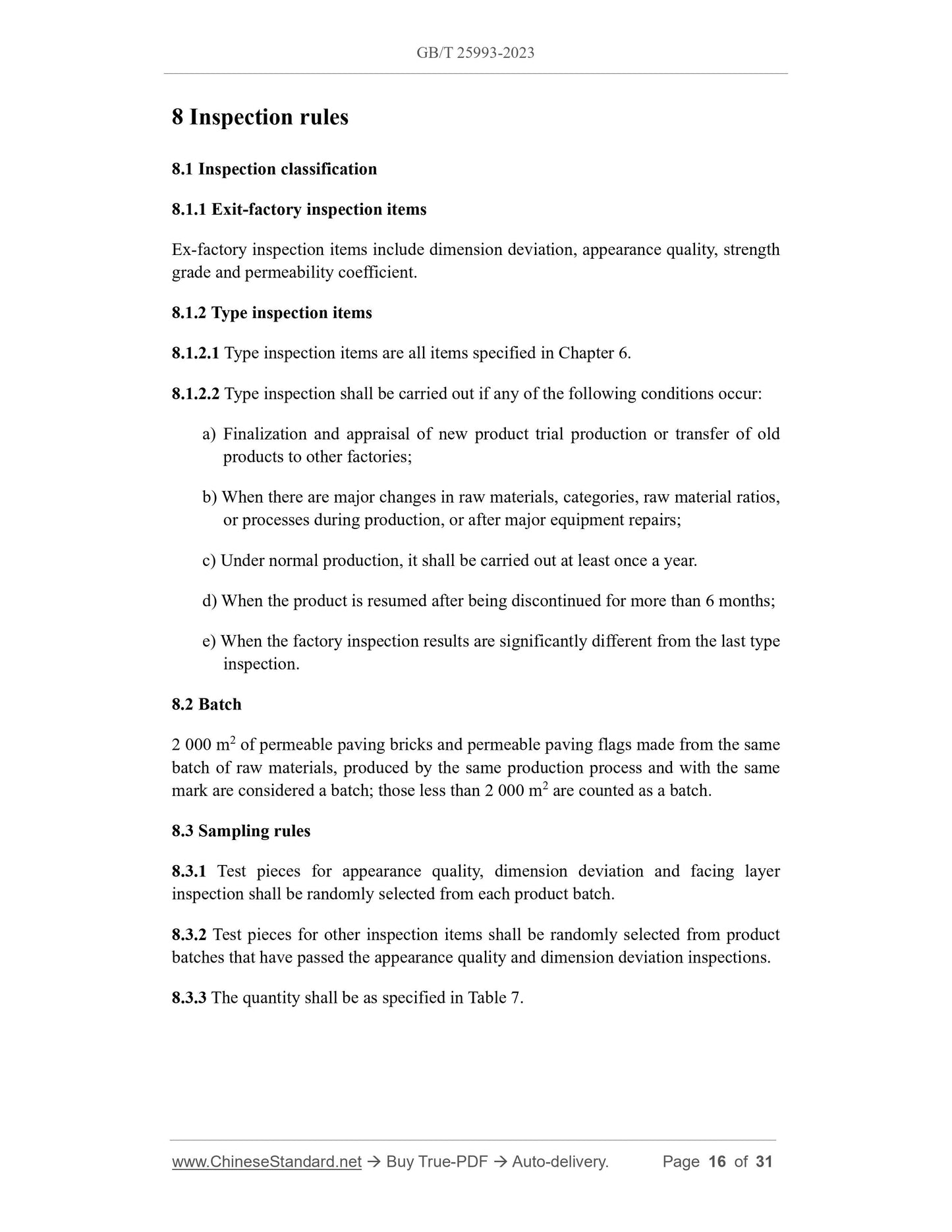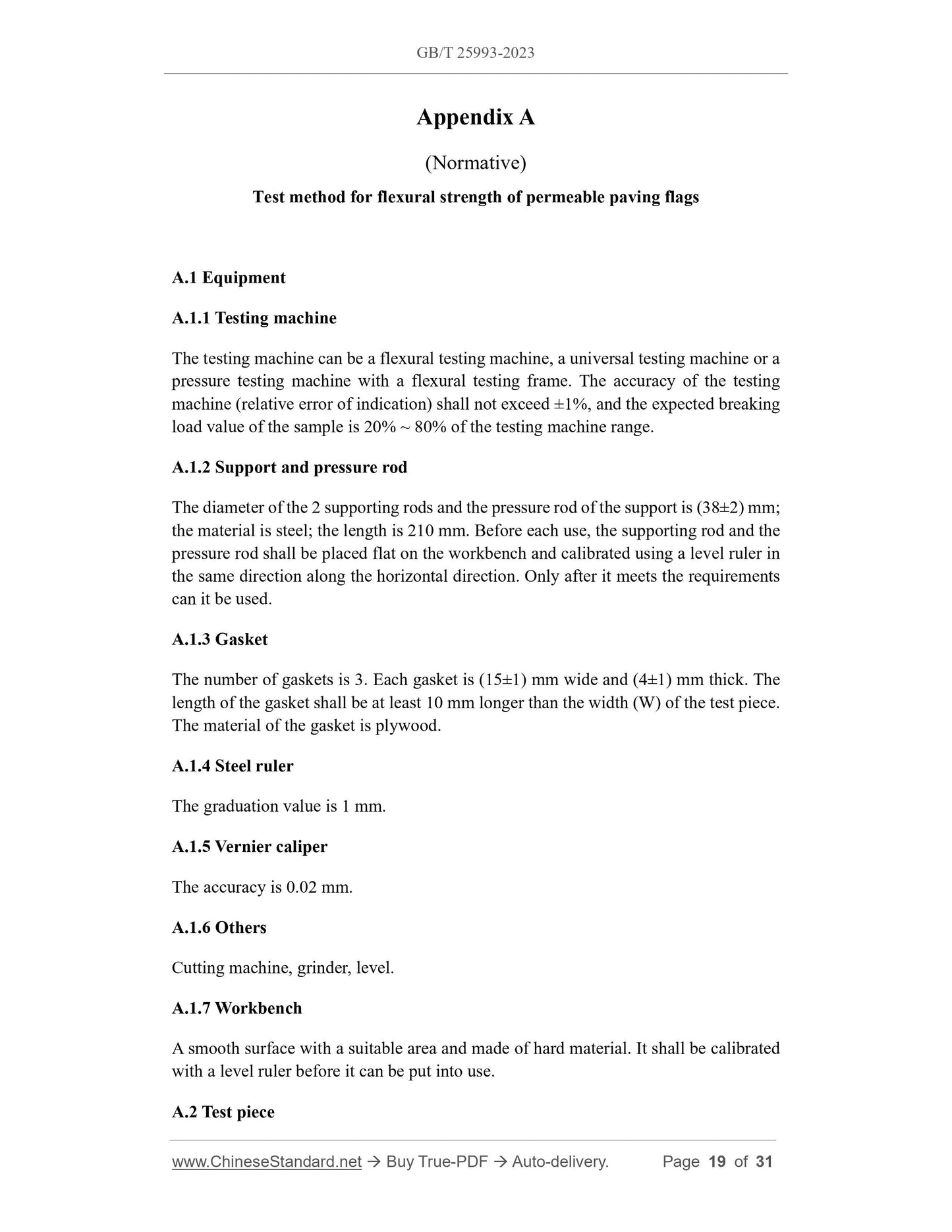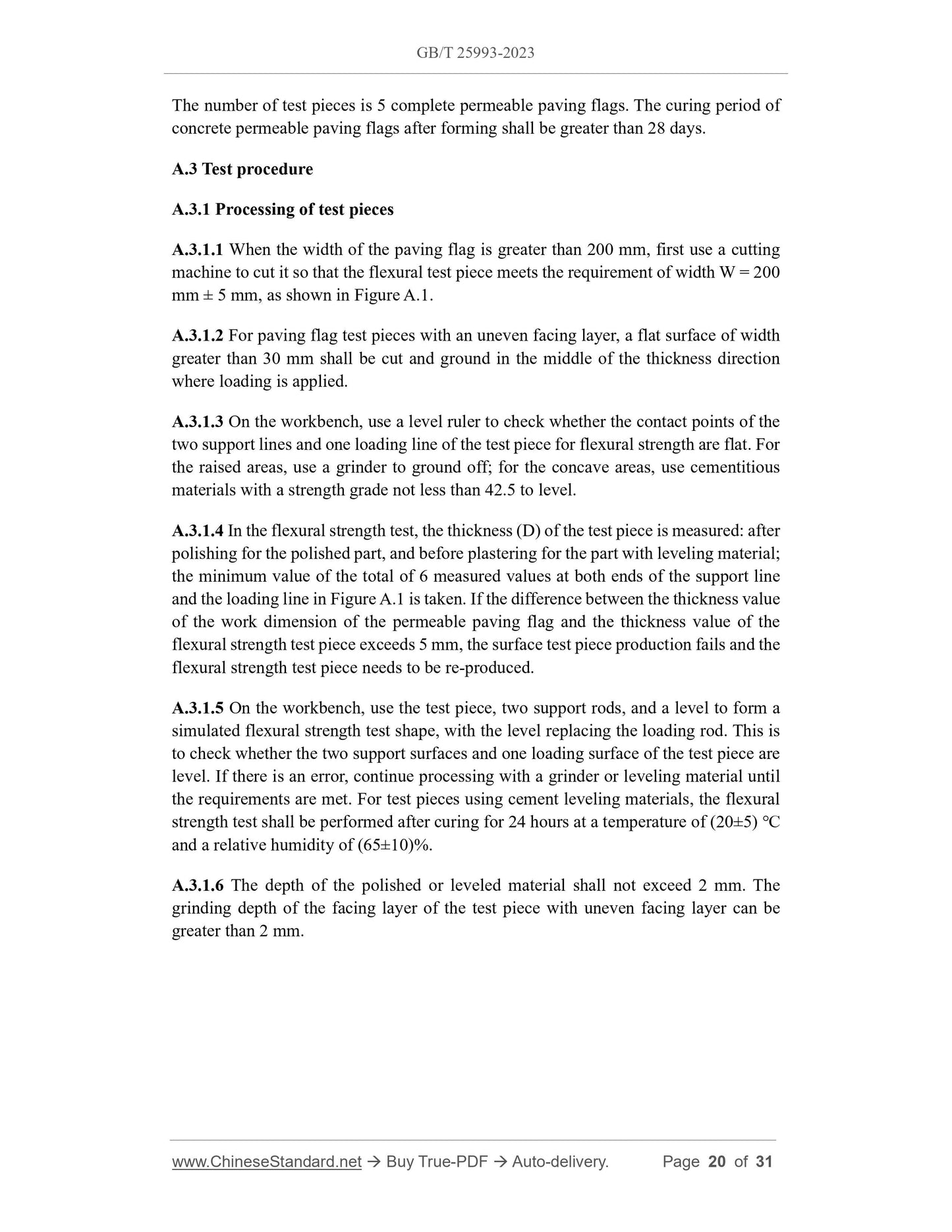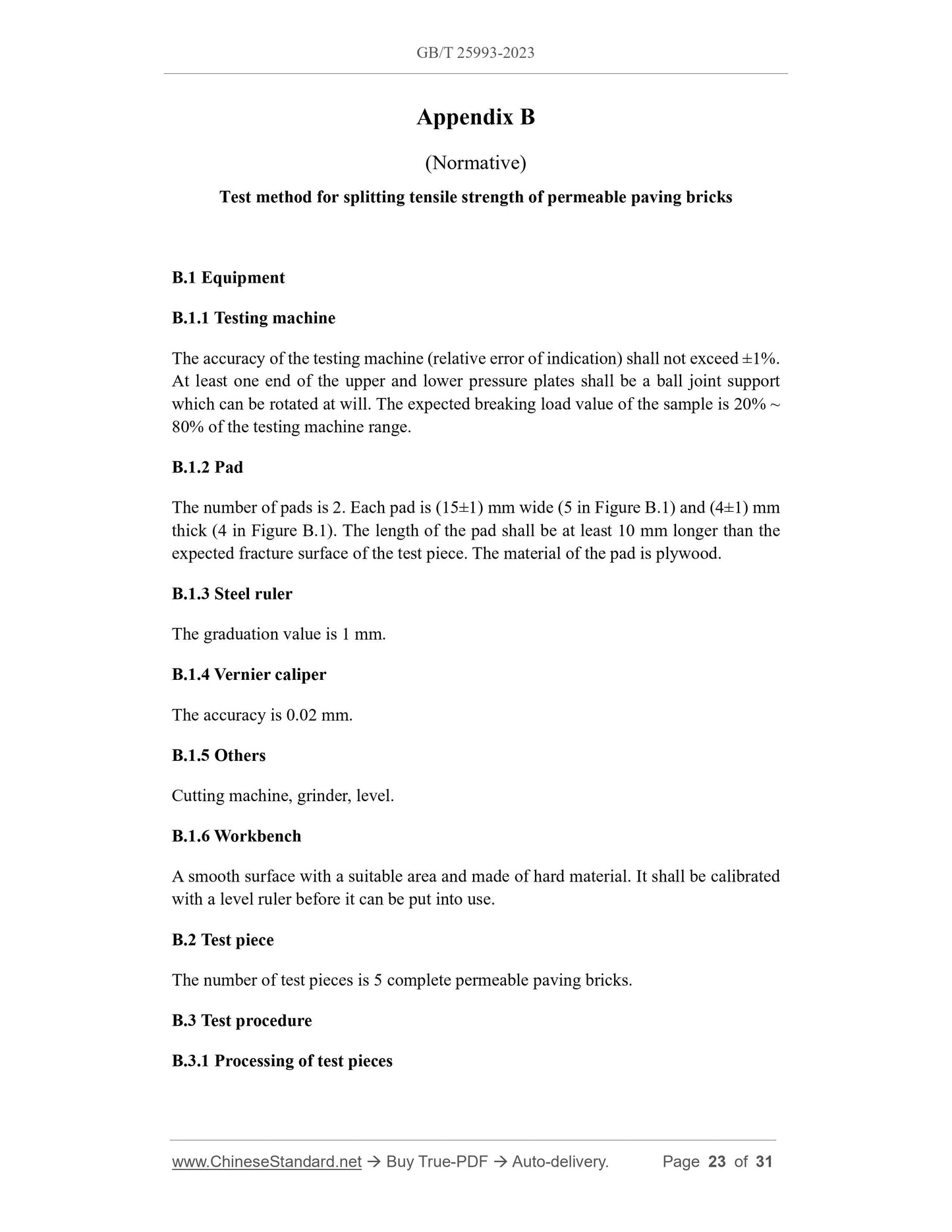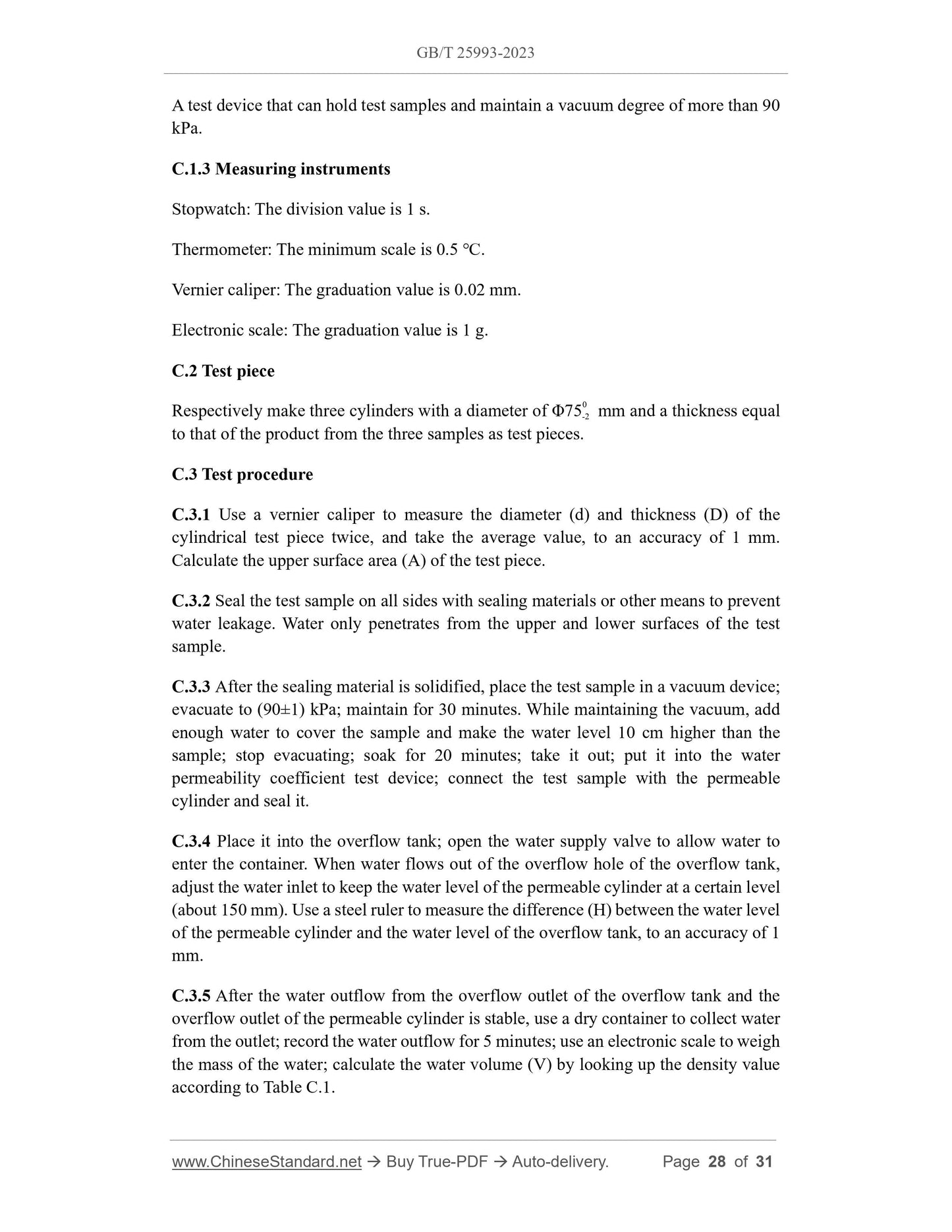1
/
of
12
www.ChineseStandard.us -- Field Test Asia Pte. Ltd.
GB/T 25993-2023 English PDF (GB/T25993-2023)
GB/T 25993-2023 English PDF (GB/T25993-2023)
Regular price
$370.00
Regular price
Sale price
$370.00
Unit price
/
per
Shipping calculated at checkout.
Couldn't load pickup availability
GB/T 25993-2023: Permeable paving bricks and permeable paving flags
Delivery: 9 seconds. Download (and Email) true-PDF + Invoice.Get Quotation: Click GB/T 25993-2023 (Self-service in 1-minute)
Newer / historical versions: GB/T 25993-2023
Preview True-PDF
Scope
This document specifies the product categories, grades, markings, general requirements,technical requirements, test methods, inspection rules, product certification, stacking
and transportation of permeable paving bricks and permeable paving flags.
This document applies to the design, production, testing and application of permeable
pavement products for use in municipal sidewalks, landscape paths, non-heavy-loaded
pavement plazas and other places.
Basic Data
| Standard ID | GB/T 25993-2023 (GB/T25993-2023) |
| Description (Translated English) | Technical specification for forensic authentication of picture |
| Sector / Industry | National Standard (Recommended) |
| Classification of Chinese Standard | A92 |
| Classification of International Standard | 13.310 |
| Word Count Estimation | 10,180 |
| Date of Issue | 2023-10-07 |
| Date of Implementation | 2023-12-01 |
| Older Standard (superseded by this standard) | SF/Z JD0302001-2015 |
| Issuing agency(ies) | Ministry of Justice of the People's Republic of China |
| Summary | This standard specifies the equipment and tools, identification procedures, recording requirements and identification opinions for the authenticity identification of pictures in the identification of audio and video materials. This document is applicable to the authenticity identification of pictures in the identification of audio-visual materials in the field of forensic identification. |
Share
